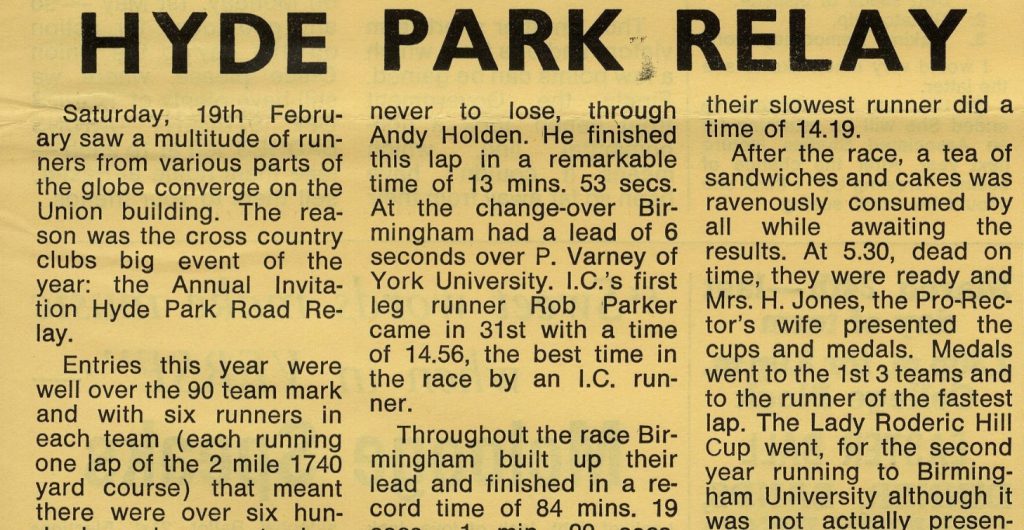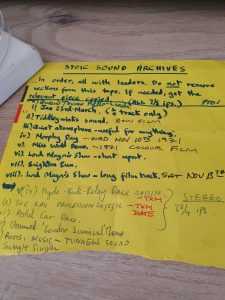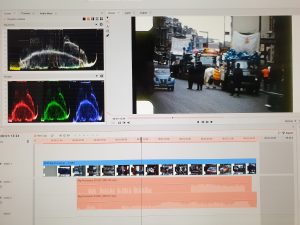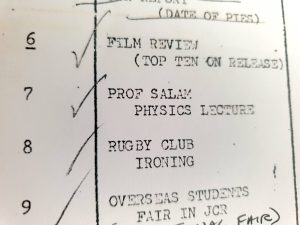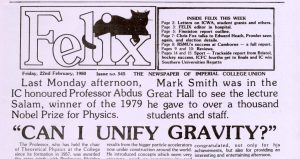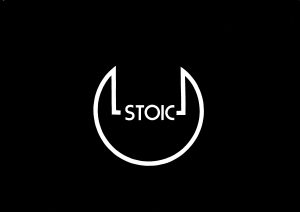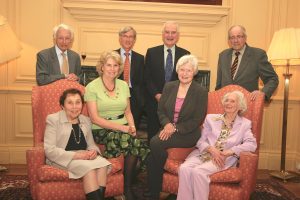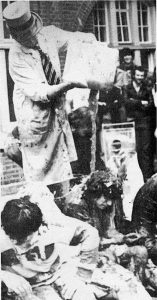Starting in 1986 I made a series of videos for the college’s radiation protection advisor (RPA). The series came about because of the radiation training programme that Imperial then ran, down at Silwood Park. I was contacted by Margaret Minski (1937-2019) then the college’s RPA. She was interested in making a video to be used at one of the training courses being run at Silwood. The first of seven videos made from 1986 to 1990 was ‘Radioactive Waste Disposal on a Non-Industrial Scale’. Initially this was used only during the training course. However, after several courses were run, Margaret was getting enquiries as to whether copies of the video could be purchased. People who had been on the courses felt that having a copy of the video would allow them to have a better continued knowledge of what they had been taught.
So we started to produce small numbers of this first video and suddenly discovered that this could actually provide a small income, but who for? Margaret agreed with me that this would not be an area that she would want to get involved with. Trying to send out invoices and then split and distribute money was not worth wasting her time on. So, I proposed that we sell the videos and any income would go to the TV Studio and subsequent video production would be at no cost to Margaret; so long as income continued. And that was the basis for the production of all seven videos in the series.
The majority of the sequences were shot at the then Reactor Centre Laboratories at the Silwood Park Campus. The entire reactor site and labs have now been demolished, so some of the sequences are the only record of parts of the labs. The video below is made up from clips from three videos we shot. I selected these for two reasons. Firstly, we see the entrance to the labs and methods then used to both enter and leave the area. Secondly, we see Margaret in one clip explaining the process. The voice that you’ll hear in other sections is that of Dr Ruth Osborn, then the X-Ray Safety Advisor for Imperial, who acted as producer on all of the videos.
Colin Grimshaw May 2022

